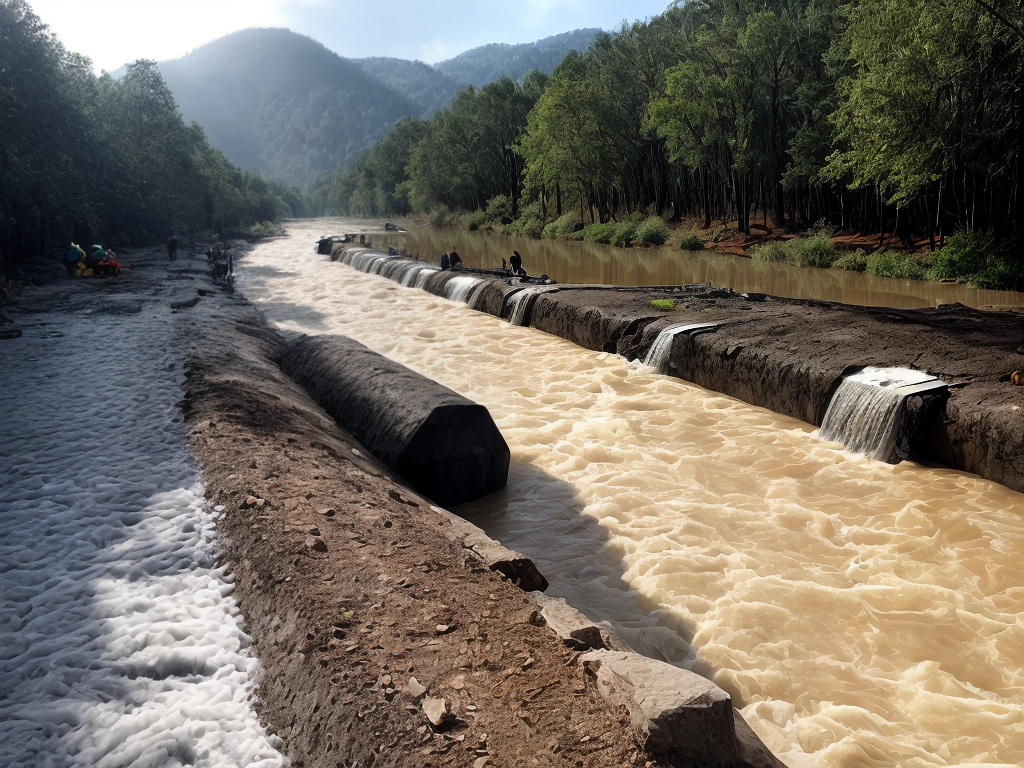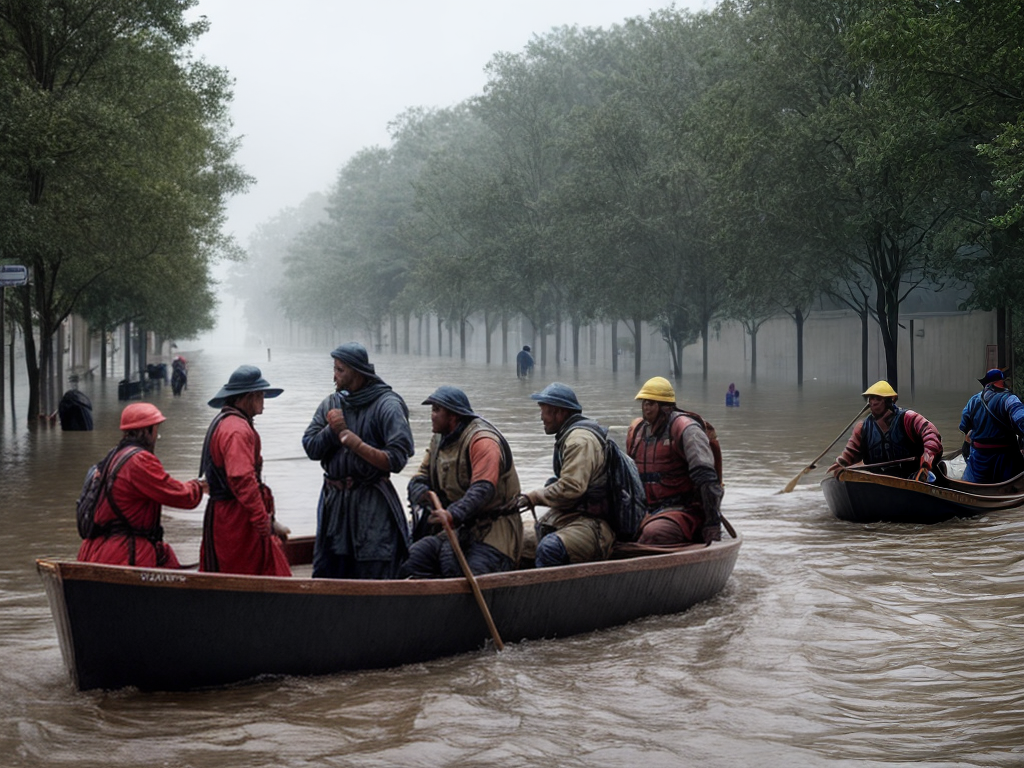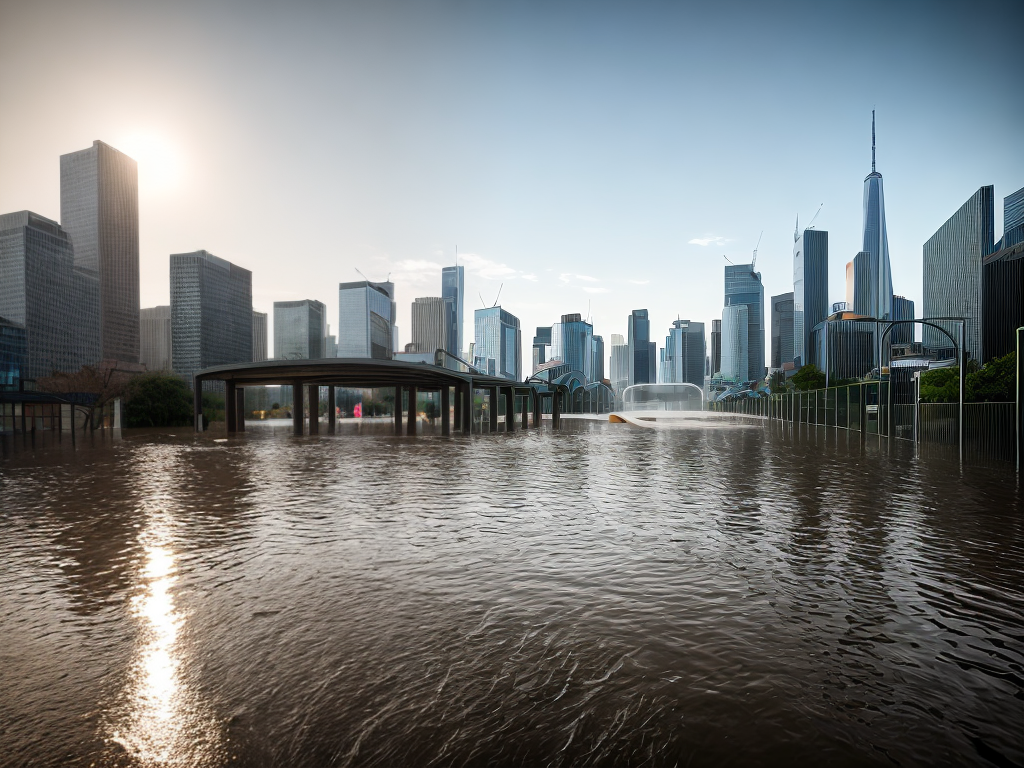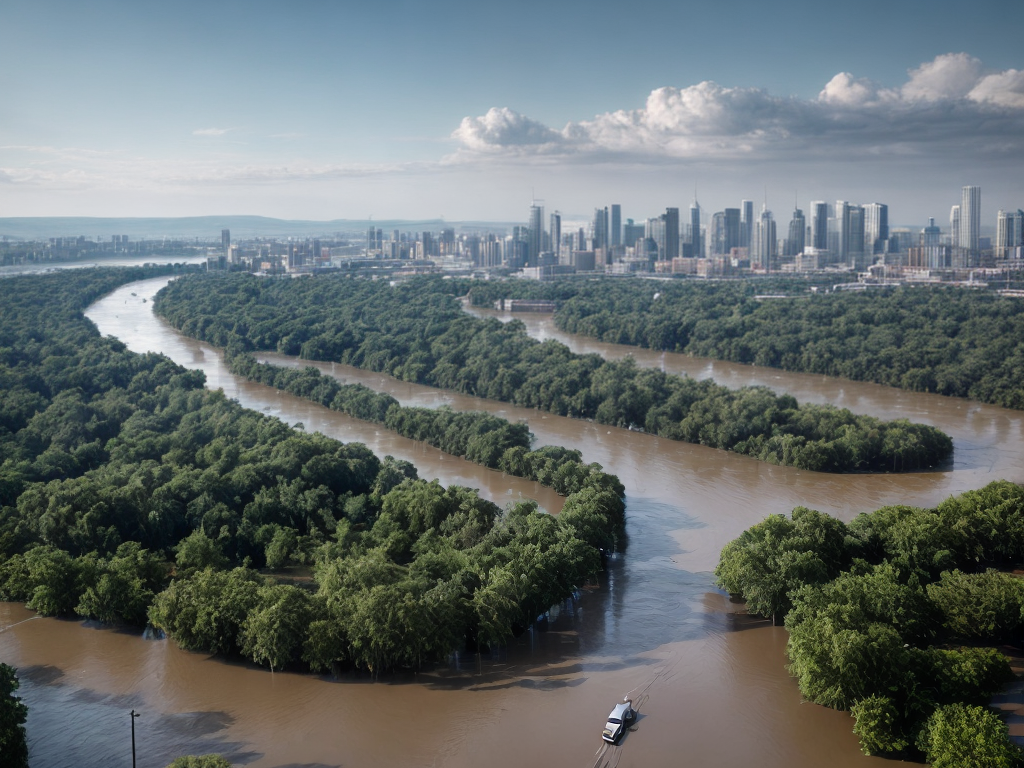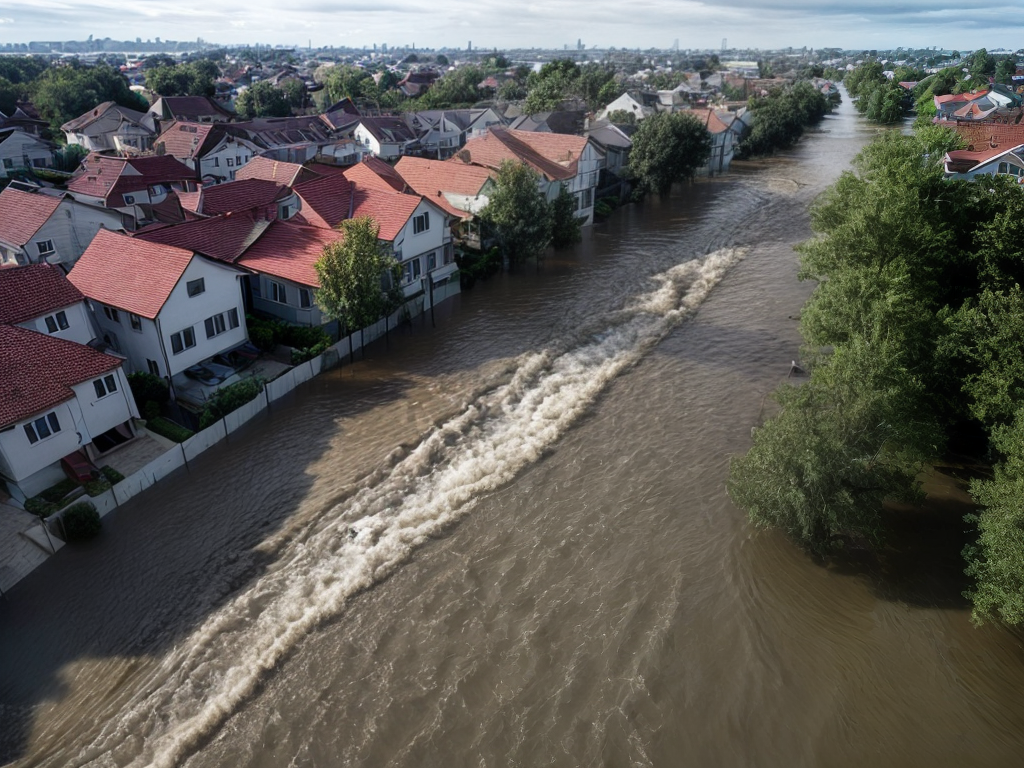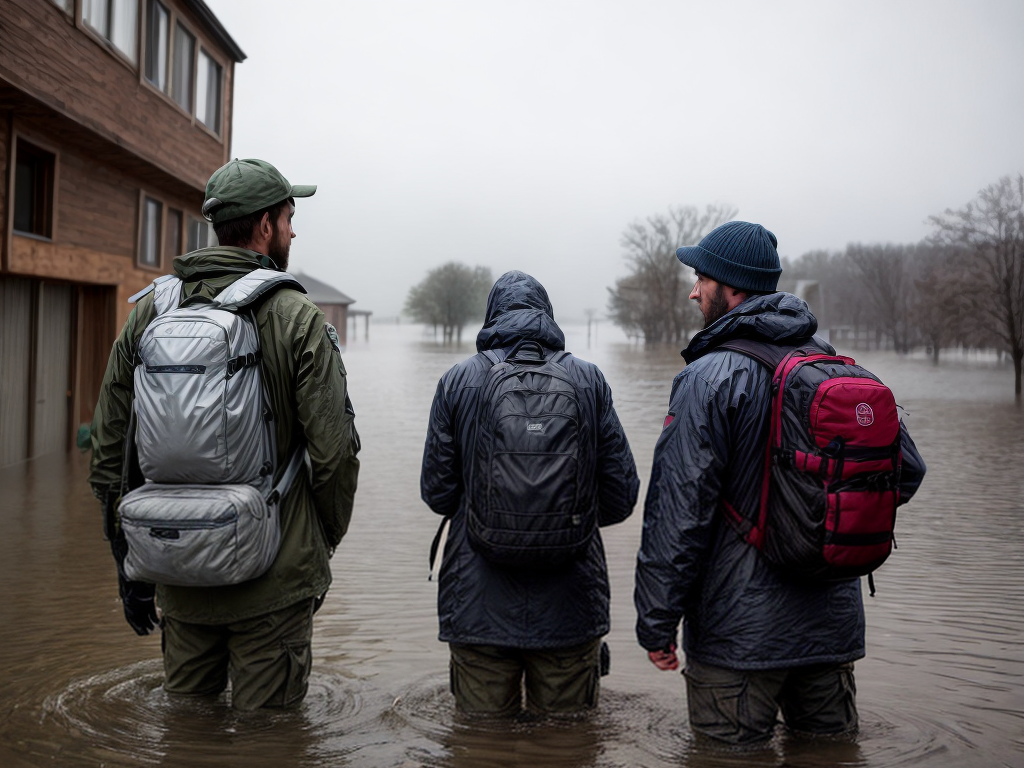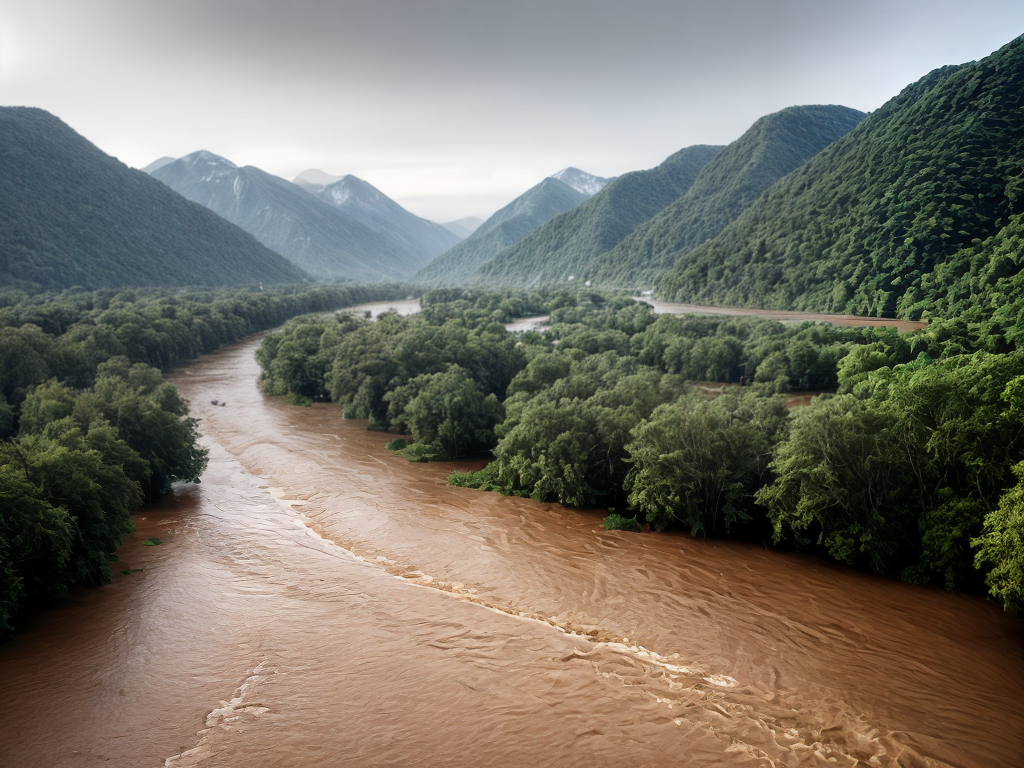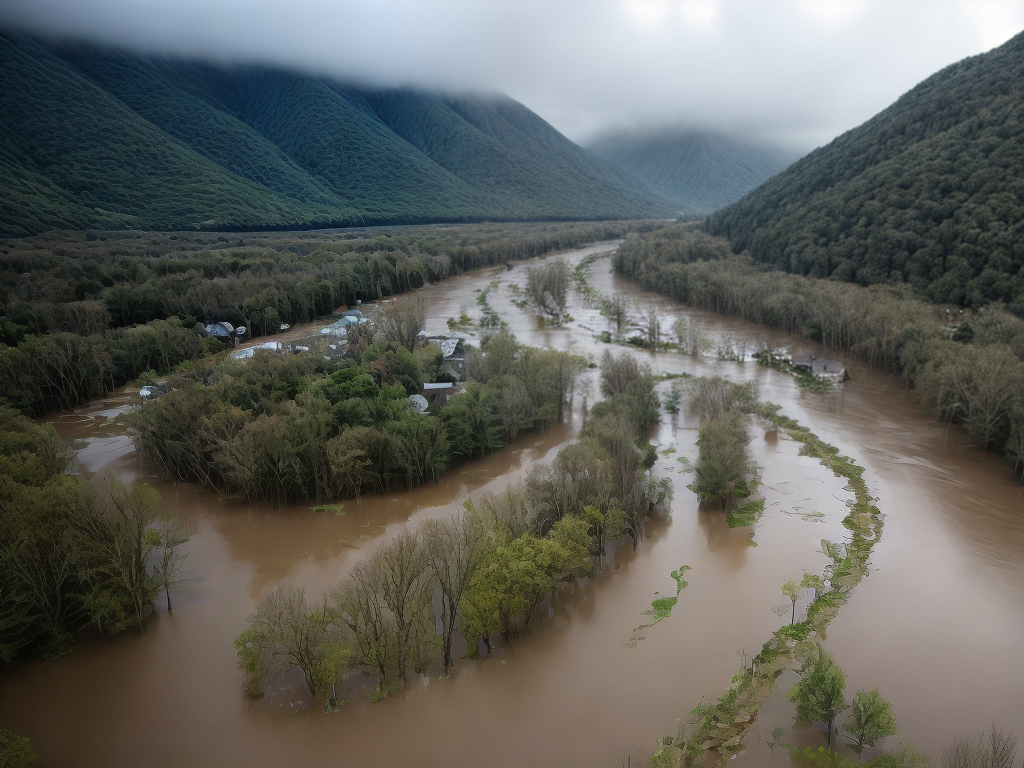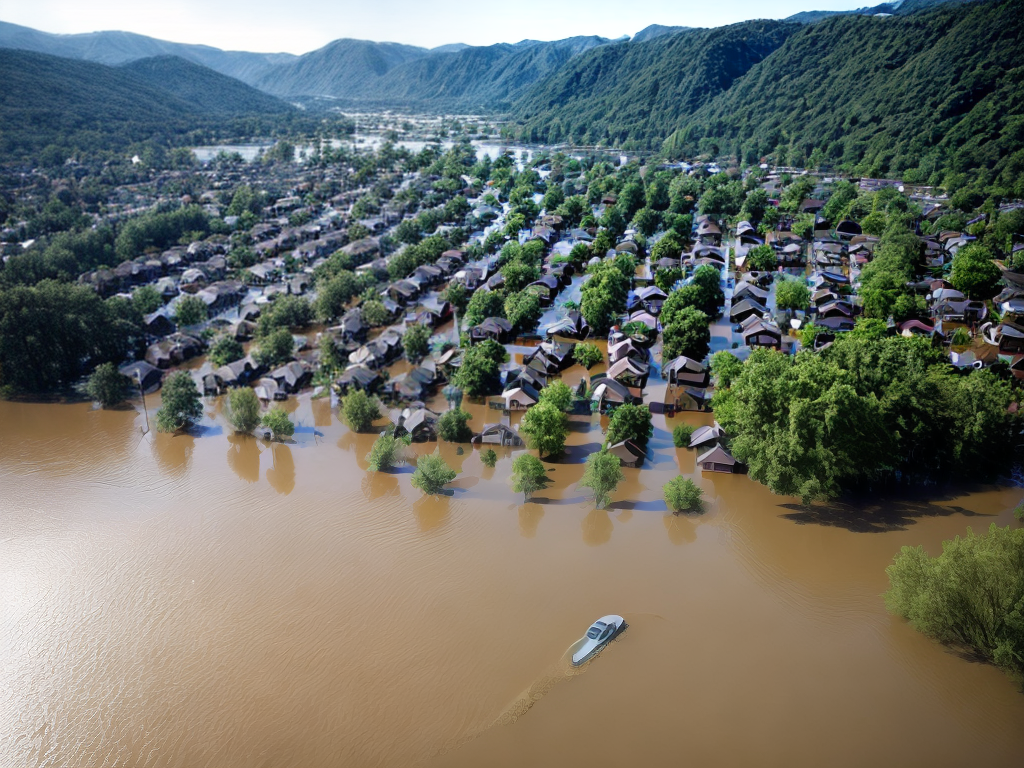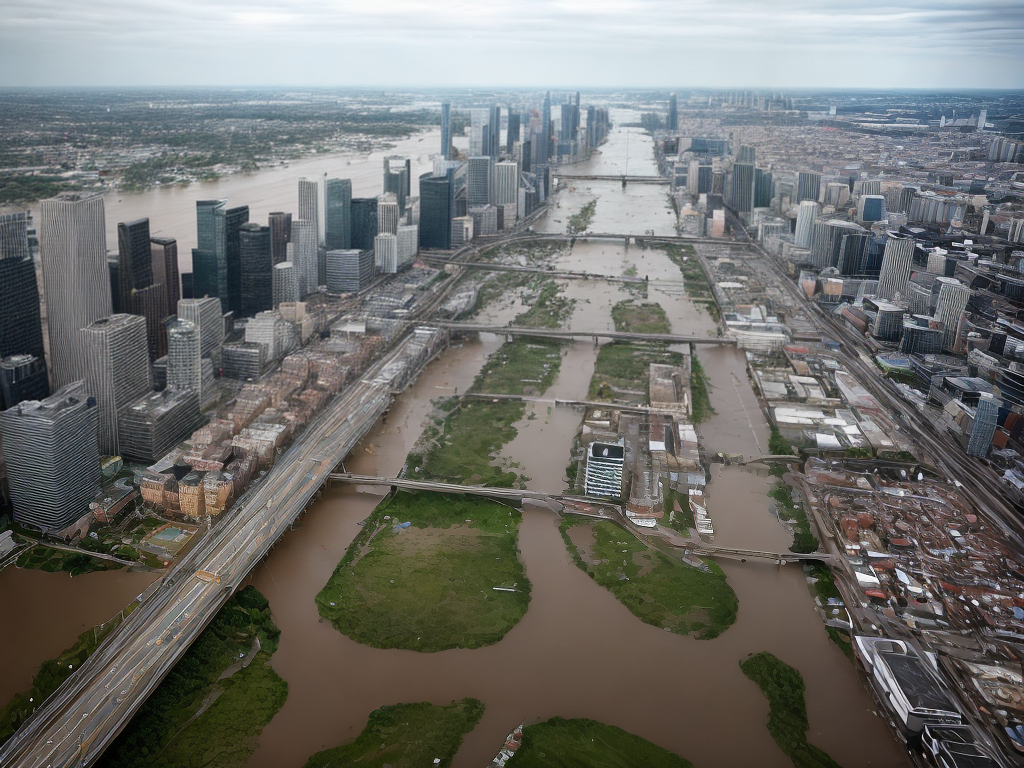
Floods have devastating impacts on communities, causing immense damage to infrastructure, displacing populations, and even resulting in loss of life. Traditional approaches to flood prevention have often focused solely on government-led initiatives. However, in recent years, public-private partnerships (PPPs) have emerged as effective and innovative solutions in mitigating the risks associated with floods. In this article, we delve into the hidden heroes of flood prevention – the role of PPPs in safeguarding communities and explore their significance in tackling this global challenge.
Understanding Public-Private Partnerships (PPPs)
Before delving into the specifics of how PPPs contribute to flood prevention, it is crucial to understand what they entail. Public-private partnerships are collaborative ventures between government entities and private organizations, working together to address public issues and deliver essential services. These partnerships combine the strengths and resources of both sectors, fostering innovation, efficiency, and sustainability.
The Need for Public-Private Partnerships in Flood Prevention
Flood prevention is a complex and multifaceted challenge that requires a holistic approach. While governments play a vital role in policy-making and infrastructure development, the involvement of private entities brings unique advantages to the table. Here are some key reasons why PPPs are essential in flood prevention:
1. Access to Expertise and Technology
Private companies often possess specialized knowledge and cutting-edge technology that can significantly enhance flood prevention efforts. From advanced data analytics to predictive modeling, these entities can offer insights and tools that enable accurate risk assessment, early warning systems, and efficient response strategies.
2. Increased Funding Opportunities
Flood prevention initiatives require substantial financial resources. Public-private partnerships unlock new funding channels by leveraging private sector investments. By sharing financial risks, governments can allocate their limited budgets more effectively, ensuring sustainable and long-term flood prevention measures.
3. Innovative Solutions and Flexibility
The private sector thrives on innovation and adaptability. When combined with the regulatory frameworks and public interest focus of governments, PPPs can develop creative and customized solutions for flood prevention. This flexibility allows for experimentation and the implementation of novel technologies or approaches that may not be possible through traditional government efforts alone.
4. Streamlined Implementation and Maintenance
One common challenge in flood prevention is the coordination and efficiency of implementation and maintenance activities. Public-private partnerships streamline these processes by leveraging private sector expertise and resources. Timely and effective execution of flood prevention projects becomes possible, minimizing disruptions to communities and maximizing the impact of interventions.
Success Stories of Public-Private Partnerships in Flood Prevention
To truly appreciate the value of PPPs in flood prevention, let’s examine some successful initiatives from around the world:
Case Study 1: The Thames Estuary 2100 Project, United Kingdom
The Thames Estuary 2100 Project is a prime example of a successful PPP in flood prevention. The partnership between the Environment Agency, Thames Water, and various engineering consultancies aimed to protect London and the surrounding areas from the threat of flooding. The project utilized innovative engineering solutions, such as barrier systems and increased tidal defenses, to safeguard the region from rising sea levels and storm surges.
Case Study 2: The Tokyo Metropolitan Area Flood Control Project, Japan
Japan has a long history of dealing with floods, and the Tokyo Metropolitan Area Flood Control Project showcases the power of PPPs in this context. The initiative brought together the national and local governments, private engineering firms, and communities to develop comprehensive flood prevention measures. This included the construction of levees, underground reservoirs, and the implementation of advanced warning systems. Through this collaboration, Tokyo has significantly reduced the impact of floods on its densely populated urban areas.
Conclusion
Public-private partnerships have emerged as hidden heroes in the realm of flood prevention. By combining the strengths of governments and private entities, these collaborations offer expertise, funding opportunities, innovative solutions, and streamlined implementation. Through successful initiatives like the Thames Estuary 2100 Project in the UK and the Tokyo Metropolitan Area Flood Control Project in Japan, we witness the tangible impact of PPPs in safeguarding communities from the devastating effects of floods. As we continue to face the challenges posed by climate change, embracing and promoting the role of PPPs in flood prevention will be crucial in building resilient and sustainable societies.

